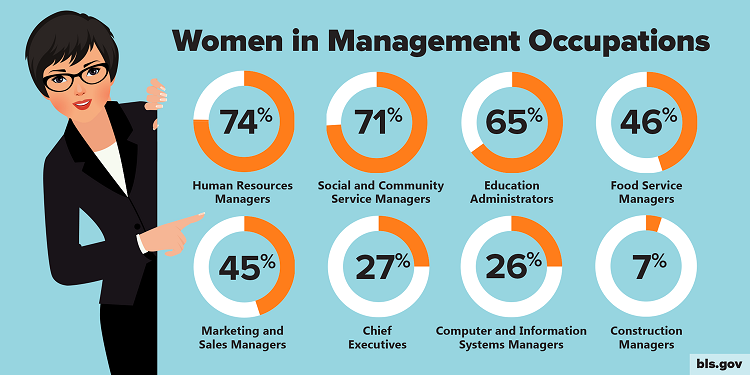A Shifting Culture and Workforce
In her speech at TEDWomen 2010, Hanna Rosin delivered a variety of information to help show how much the climate has changed for females. Many statistics which would have been unthinkable just a few years ago are now the reality which, I believe, we are a better place for since women have so much to offer and make excellent leaders. Among some of the key data points were:
- 3 women will get a college degree for every 2 men who do
- Over 50% of managers are women
- All but 2 for the fastest growing careers are dominated by women
- Young, childless single women are earning more than young men
When Hanna referenced the economic meltdown of 2007 (which while fresh for her in 2010 feels like ons ago in 2019) and how it had a greater fiscal impact on positions that were traditionally dominated by males (ex. manufacturing or construction) which had a low educational need and more of a physical skill set. Today, the high wage jobs tend to be for those who are highly educated rather than for those who are brawny which suggests a paradigm shift in our culture. Since women are graduating with college degrees at a higher rate, it is not surprising to see the growing rates of women in management occupations as outlined in Figure 1.
Figure 1: Women in Management Positions (United States Department of Labor, 2017)

This leveling of the playing field has taken decades to change and there are still major gaps to be overcome. As a millennial who came of age well after women gained rights to read, write, vote, and earn gainful employment it is hard to imagine a time when women were not able to do so and the reasoning behind those rules/ideas. I have worked for many different females since, as the graph shows, the majority of educational administrators (65%) are females and they have all been wonderful to work for.
What Hanna notes as a major change from an economy based on physical strength to one which is either low wage/low skill or high wage/high skill the tables are turning because, as she states, she feels women are more able to stay focused, listen, and adapt.
References
Rosin, H. (2010). New data on the rise of women. TEDWomen 2010. Retrieved from: https://www.ted.com/talks/hanna_rosin_new_data_on_the_rise_of_women
United States Department of Labor. (2017). 12 stats about working women. Retrieved from: https://blog.dol.gov/2017/03/01/12-stats-about-working-women